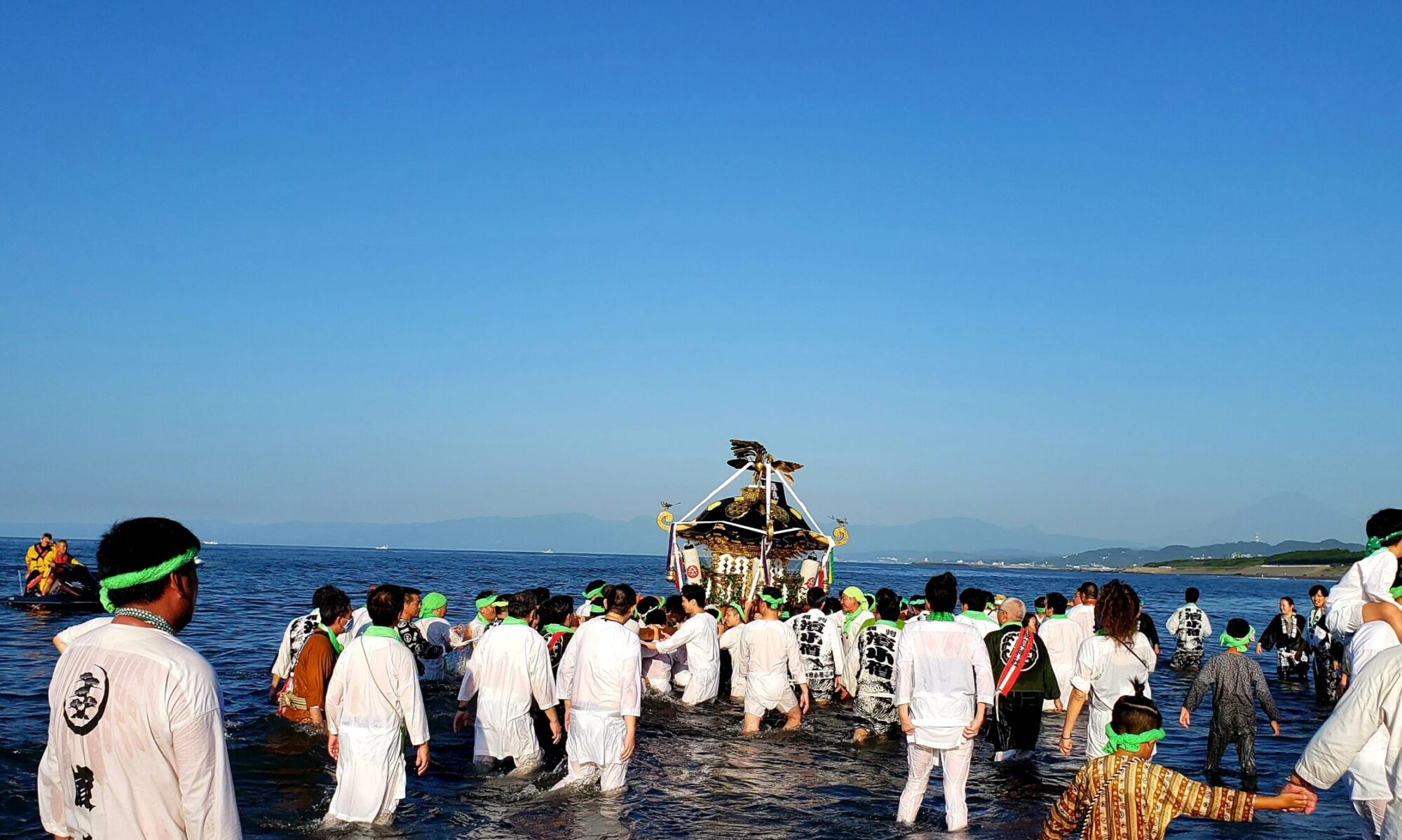四国八十八カ所霊場の第六十五番札所。聖武天皇の命により行基が開基した。本尊は弘法大師作と伝えられる十一面観世音菩薩。伊予路最後の札所で標高465メートルの三角寺山の中腹にある。土砂降りの雨のなか伊予三島の遍路宿から川之江の製紙工場群を眺めつつ延々と登った。途中でマムシの歓迎を受ける。最後の山門への石段が急でかなり辛い。
That is the 65th temple of Shikoku 88temple pilgrimage.The temple was founded by Gyoki under the order of Emperor Shomu. The principal image is the 11 faced Kanzeon Bosatsu, which is said to have been created by Kobo Daishi. It is the last fudasho of the Iyo-ji route and is on the hillside of Mt. Sankakuji which is 465 meters above sea level. I climbed endlessly in the pouring rain from a henroyado in Iyomishima, overlooking the paper mills of Kawanoe. I am welcomed by vipers on the way. The stone steps leading to the temple gate are steep and quite hard.
四国八十八个朝圣的第六十五座寺庙。奉圣武天皇之命由行基创建寺院。主佛是据传为弘法大师作品的十一面观世音菩萨。位于伊予路最后的名刹,海拔465米的三角寺山的半山腰。在倾盆大雨中,从伊予三岛的巡礼宿眺望着川之江的造纸工厂群,一路登上山顶。中途受到蝮蛇的欢迎。到最后的山门的石阶很陡很痛苦。






















